Institutes, centres and groups
To view the School-based research centres and groups, please visit the respective School research page:
- Civil and Mechanical Engineering
- Earth and Planetary Sciences
- Electrical Engineering, Computing and Mathematical Sciences
- Molecular and Life Sciences
- Western Australian School of Mines (WASM)
Faculty-based research institutes, centres and groups
Visit the respective web presences for our faculty-based research institutes, centres and groups below:
Research institutes
Curtin Frontier Institute for Geoscience Solutions
The Curtin Frontier Institute for Geoscience Solutions (CFIGS) serves as Curtin University’s premier platform for connecting world-class geoscience research and training with industry and government.
Curtin Institute for Data Science
The Curtin Institute for Data Science (CIDS) was founded to meet this increasing demand for computational modelling, data analytics and visualisation.
Curtin Institute for Energy Transition
The Curtin Institute for Energy Transition (CIET) is a multidisciplinary research institute and comprises Curtin researchers from backgrounds including engineering, earth sciences, humanities, economics, arts and design, dedicated to bringing about the energy transition.
Curtin Institute for Radio Astronomy
The Curtin Institute of Radio Astronomy (CIRA) is Curtin’s link with the International Centre for Radio Astronomy Research (ICRAR).
Research centres
Australia-China Joint Research Centre for Tectonics and Earth Resources
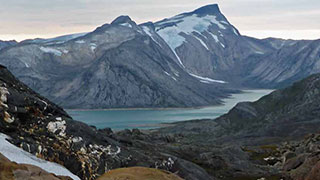
This centre facilitates collaborative research and research training in geotectonics and mineral and hydrocarbon resources.
Autism Academy for Software Quality Assurance (AASQA)
The Autism Academy for Software Quality Assurance (AASQA) is an Australian social innovation initiative with the vision of harnessing the special talents of people with Autism for the collective benefit of those with Autism, industry and the wider community.
Centre for Crop and Disease Management (CCDM)
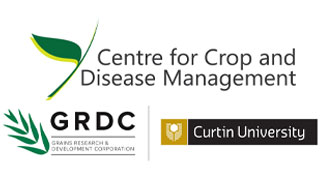
Conducts high-impact research that makes a real difference to the Australian grains industry.
Centre for Exploration Geophysics
The Curtin Centre for Exploration Geophysics (CEG) conducts world-class research in cost effective characterisation and monitoring of the subsurface.
Centre for Infrastructural Monitoring and Protection
CIMP is built to focus, enhance and enrich the research strengths of civil and structural engineering.
Centre for Marine Science and Technology
CMST’s expertise fits into three major categories: Marine Acoustics, Hydrodynamics and Underwater Technology.
Centre for Mine Site Restoration
The ARC Industrial Transformation Training Centre for Mine Site Restoration (CMSR) is a new model for workplace integrated researcher training.
Curtin Corrosion Centre
For over 35 years, the Curtin Corrosion Centre (CCC) has been conducting state-of-the-art scholarly and demand-driven research in areas of corrosion related to the petroleum, mining, defence, and chemical processing industries. Likewise, the centre is actively engaged in short-term research and development problem-solving projects.
Curtin Institute for Energy Transition
The Curtin Institute for Energy Transition (CIET) offers thought leadership on climate and energy technologies as they relate to energy transition.
John De Laeter Centre for Isotope Research (JDLC)
JDLC integrative research in the minerals and petroleum sectors is foremost among the Centre’s strategic goals.
Sino-Australian Joint Research Centre for Ocean Engineering
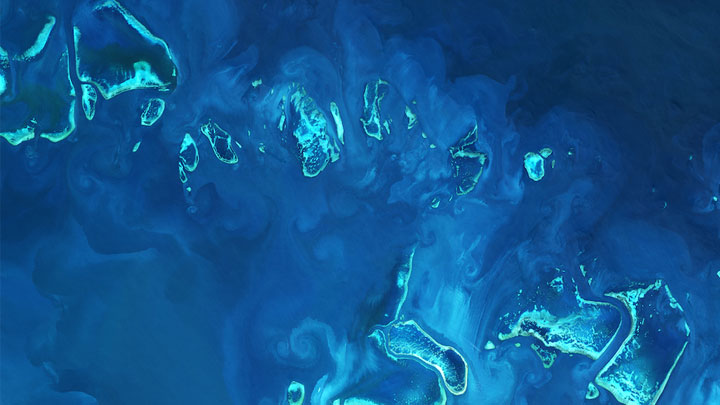
The Sino-Australian Joint Research Centre encompasses marine, subsea and ocean engineering and technologies.
VISIT THE Sino-Australian Joint Research Centre for Ocean Engineering
Space Science and Technology Centre
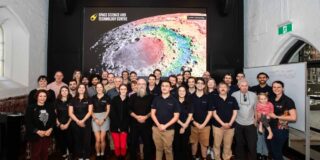
With established partnerships with NASA and Lockheed Martin, the Curtin Space Science and Technology Centre is home to the largest planetary research group in the Southern Hemisphere.
WA-Organic & Isotope Geochemistry Centre
The WA-Organic & Isotope Geochemistry Centre (WAOIGC) is internationally recognised for research focused on petroleum, paleoenvironment, provenancing and pollution.
Research groups
Carbon Group
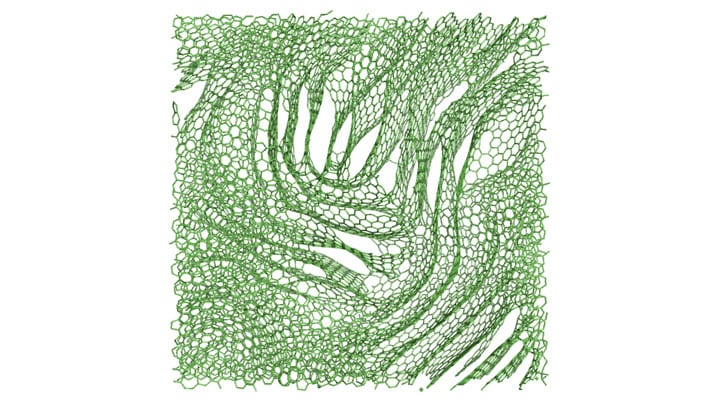
The Carbon Group is a multidisciplinary group of computational and experimentalist material scientists with different backgrounds and expertise. What links us all together is our favourite element, carbon.
Communication Technology and Signal Processing Group

The Communication Technology and Signal Processing Group initiates and pursues research in the fields of communications and signal processing.
Curtin Reservoir Geophysics Consortium
The Curtin Reservoir Geophysics Consortium (CRGC) is a partnership between industry and academia. CRGC is undertaking research into acquisition, processing and quantitative interpretation of geophysical data with an emphasis on Australian petroleum exploration and production problems.
Curtin Gold Technology Group
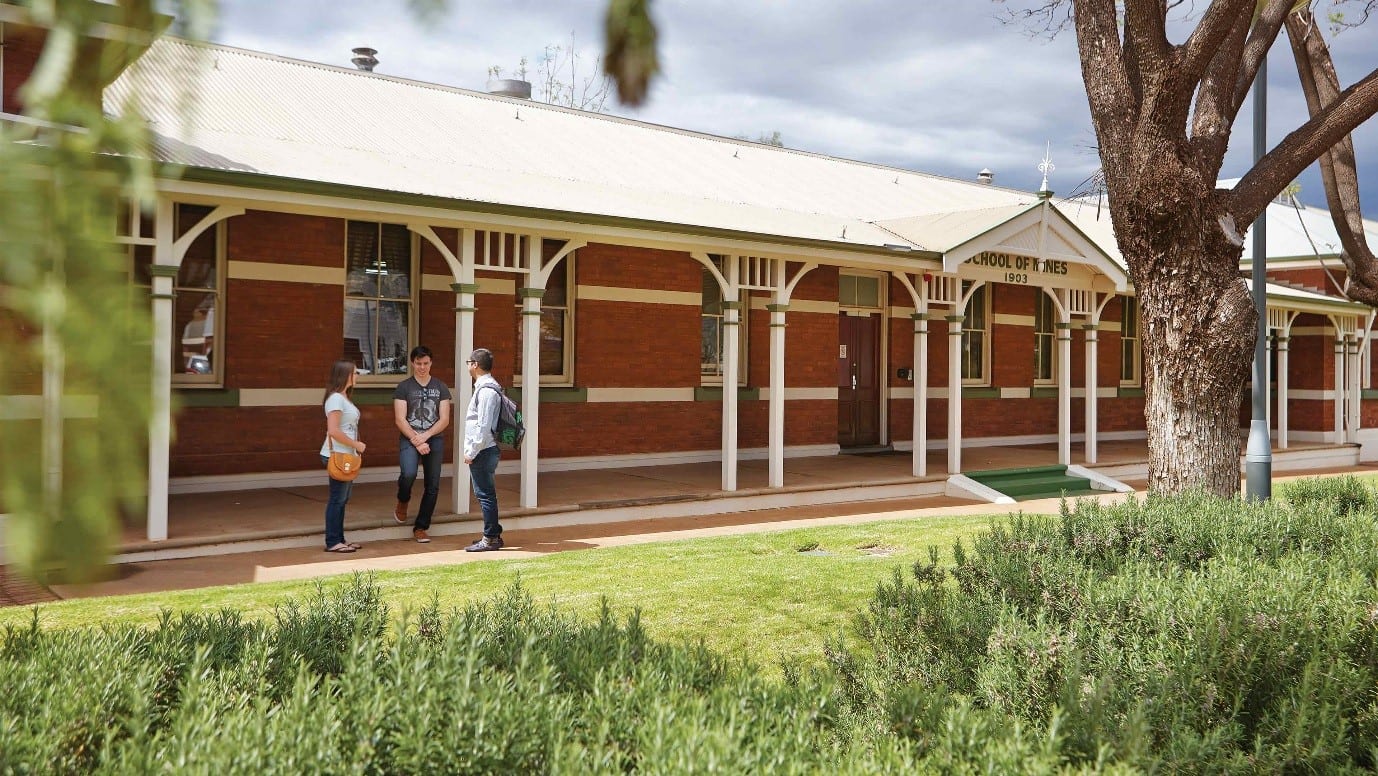
The Curtin Gold Technology Group provides research, consulting and training expertise to the gold industry.
Drilling Analytics Research Centre (DARC)
The Drilling Analytics Research Centre is an industry-focussed research centre dedicated to the advancement, implementation and commercialisation of innovative drilling technologies in drilling analytics, optimisation and automation. By working closely with industry stakeholders, DARC ensures that its research is not only theoretically robust, but also practically applicable and aligned with the latest industry needs.
Earth Dynamics Research Group
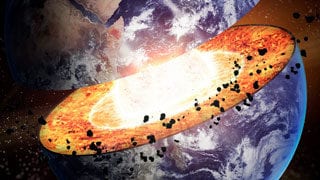
The Earth Dynamics Research Group study the dynamic distribution and evolution of tectonic plates on Earth through time, geodynamic driving mechanisms and tectonic processes, and their relevance to Earth resources and environments.
Embedded Systems Research Group
The Embedded Systems Research Group focuses on accessibility issues and the way in which technology provides assistance.
Fluid Dynamics Research Group
The Fluid Dynamics Research Group (FDRG) serves to advance and disseminate understanding of the fundamental fluid dynamics that underpins novel applications-driven research.
Geographic Information Science (GIS) and Remote Sensing (RS)
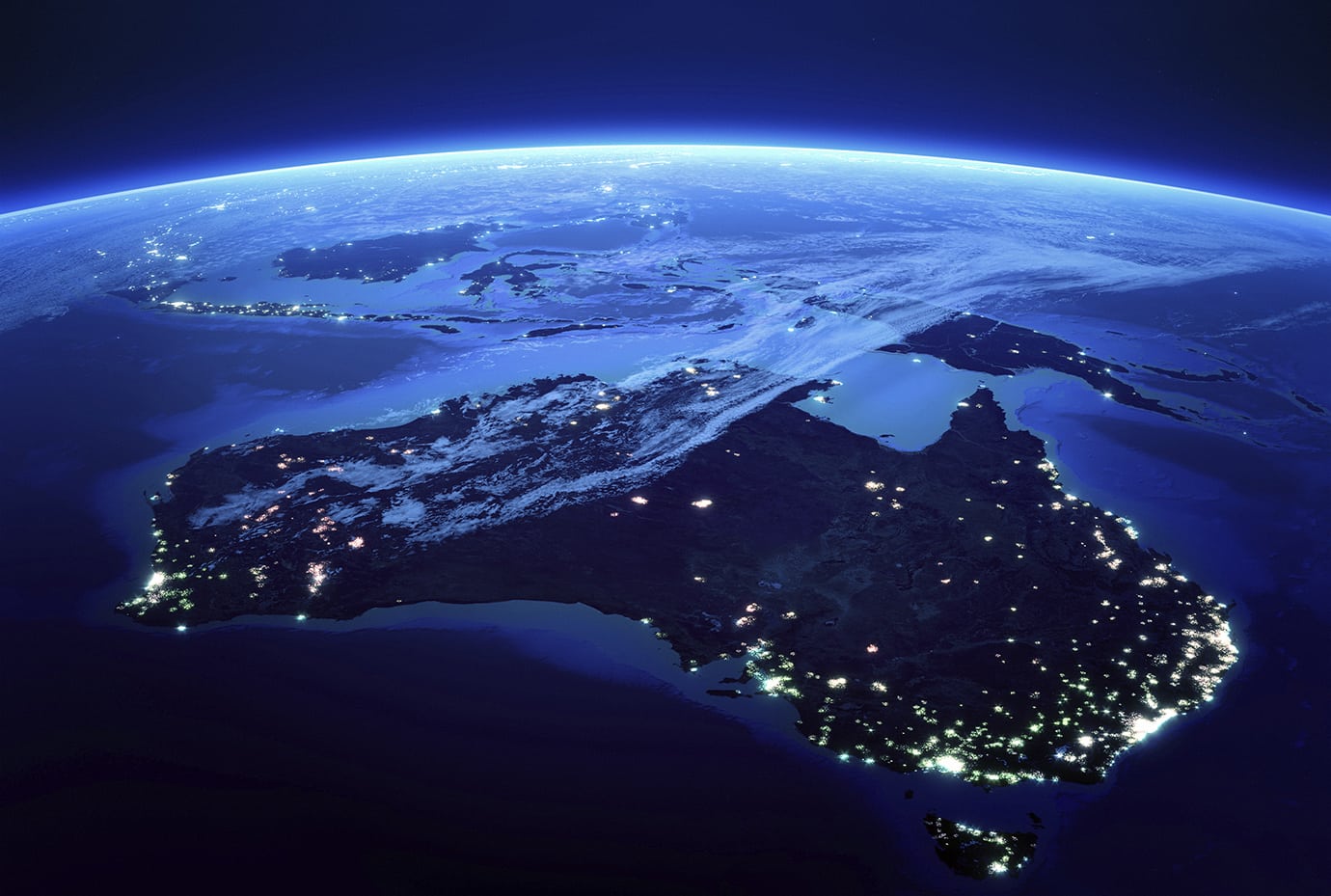
The Geographic Information System manages spatial (location) data. Remote Sensing (RS) relates to the collection of electromagnetic radiation (EMR) data using instrumentation that is at a distance from the area or phenomena being investigated.
Hydrogen Storage Research Group
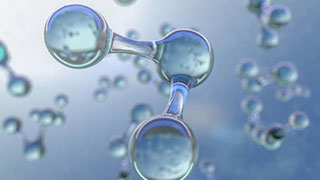
The Hydrogen Storage Research Group undertakes experimental research into a vast array of energy storage systems including:
- Hydrogen storage materials for export, transport, or stationary energy storage
- Thermal batteries using thermochemical energy storage
- Solid-state electrochemical batteries
Multiphase Flow through Porous Media Research Group
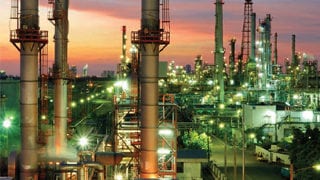
The Multiphase Flow through Porous Media Research Group studies multiphase flow through sandstones, carbonates, tight gas sands and shale.
Pavement Research Group
The Pavement Research Group looks at Hydrated Cement Treated Crushed Rock Base (HCTCRB), cement modified crushed rock base and unbound granular/aggregate course and stabilisation.
Energy Geomechanics Group (EGG)
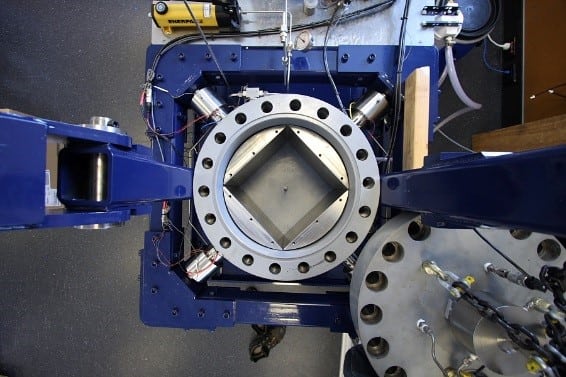
Projects cover a wide range of topics from fundamental research to industry-related problems in both drilling and reservoir geomechanics. The EGG have strong capabilities in fracture characterisation and modelling.
Remote Sensing and Satellite Research Group
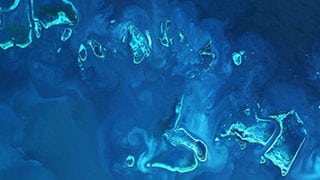
The Remote Sensing and Satellite Research Group (RSSRG) undertakes quantitative research in the field of Earth observations from space.
Renewable Energy and Power Systems Research Group
The Renewable Energy and Power Systems Research Group concentrates on power electronics applied to renewable energy.
Soil and Landscape Science Group

We conduct research to improve understanding of soil processes and the drivers of soil and landscape variability at different spatial and temporal scales. Our research aims to quantify, assess and monitor soil functions by integrating soil sensing, mapping and modelling to help deliver ecosystem services that enable life on Earth.
Sustainable Engineering Group
The Sustainable Engineering Group promotes the uptake of sustainable engineering research and practices in Western Australia.
Theoretical Physics Group
The Institute’s research interests are in the area of electrons, positrons, or photons scattering from atoms and ions, as well as laser and atom-surface interactions. Applications include lasers, astrophysics, plasma processing, plasma displays, fusion research, and the lighting industry.
Timescales of Mineral Systems
The Timescales of Mineral Systems Research Group seeks to address the timing of mineral-forming events through application of innovative geochronology and isotope geology. This team brings together the technical know-how and many years of experience in using isotope geology to address industry pertinent geological questions.
Unconventional Gas Research Group
The Unconventional Gas Research Group investigates the potential unconventional resources in Western Australia. Currently the major concentration of UGRG group members is on the evaluation of potential gas shale layers located in Perth Basin and Canning Basin.
Mining Rock Mechanics Group
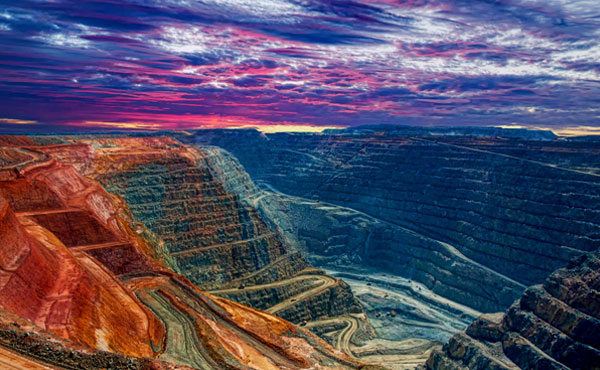
The Mining Rock Mechanics Group at the Western Australian School of Mines undertakes applied research and testing on behalf and in conjunction with the Australian mining industry.
Water and Environmental Engineering Research Group
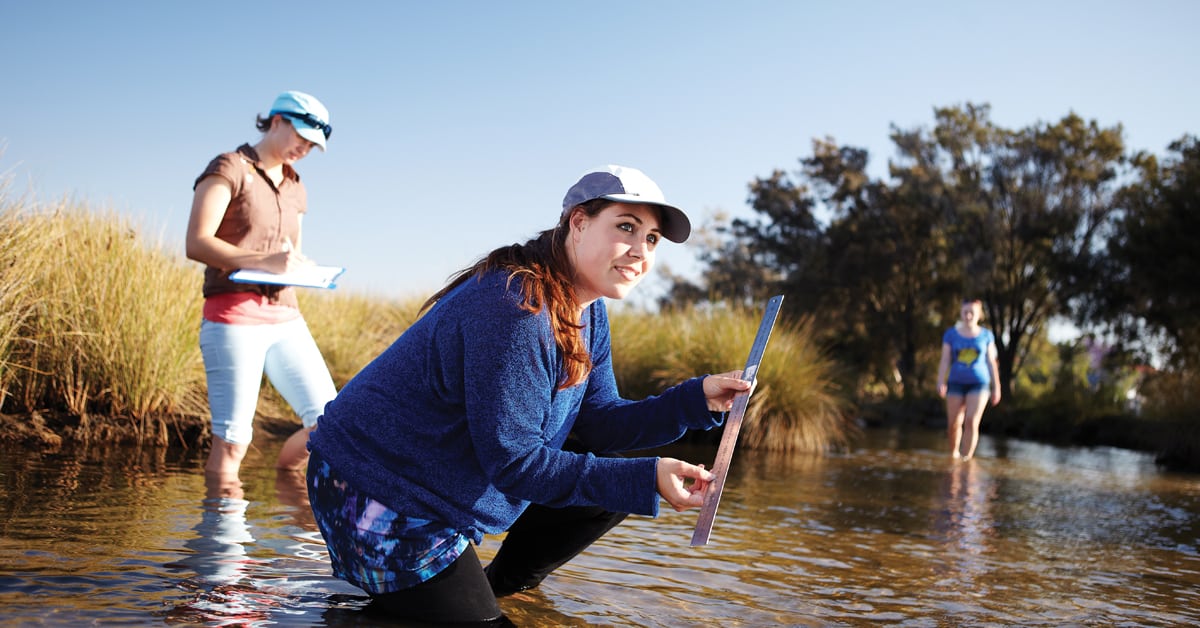
The Water and Environmental Engineering Groups research focuses on water/ wastewater quality science, recycling membrane tech, storm/ground water management/modelling and sustainable water systems.
Western Australian Geodesy Group
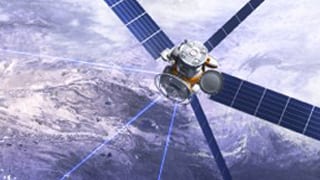
The Western Australian Geodesy Group conducts a diverse range of both pure and applied geodetic research of national and international significance.
Wireless Instrumentation and Networks Research Group

The Wireless Instrumentation and Networks Research Group focuses on exploring the future of wireless communication technologies. Wireless solutions are explored and researched that are capable of robust and reliable communication.
Trace and Environmental DNA (TrEnD) Laboratory
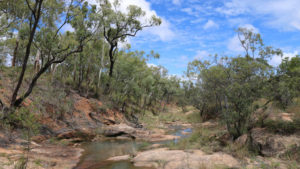 Only by understanding the mechanisms that determine the generation and distribution of biodiversity can we provide efficient and long-term protection plans for our nature. Our genetic biodiversity research is centered around three main questions, represented by three molecular disciplines.
Only by understanding the mechanisms that determine the generation and distribution of biodiversity can we provide efficient and long-term protection plans for our nature. Our genetic biodiversity research is centered around three main questions, represented by three molecular disciplines.
- What is present?
- What used to be present?
- What happened along the way?